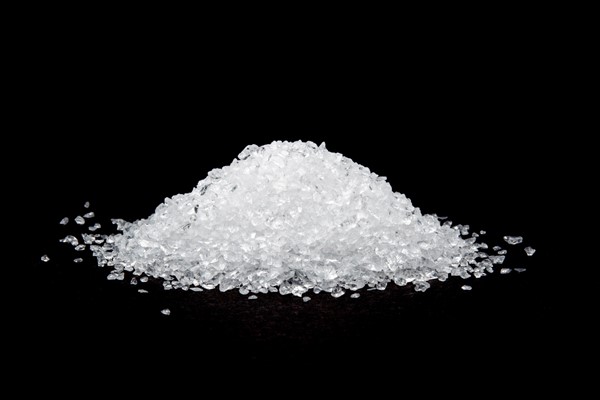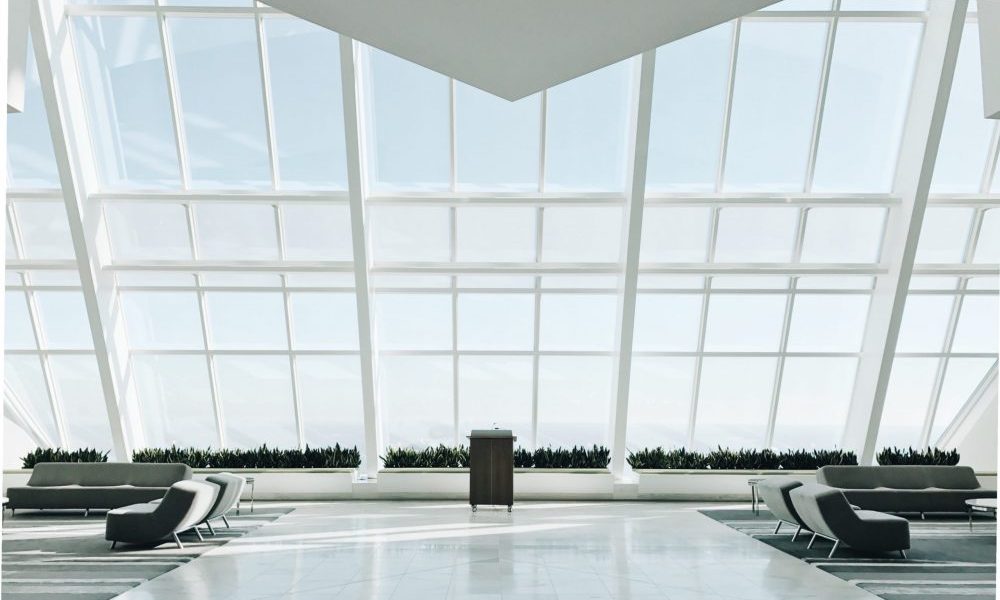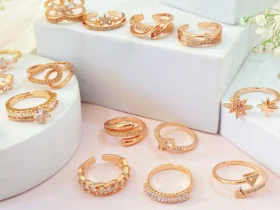By combining pieces of glass together at high temperatures, glass fusing—a remarkable discipline that combines art and science—allows artists to produce breathtaking works. Selecting between transparent and opaque glass materials is one of the important considerations glass fusing must make. Every sort of glass has special qualities and impacts that affect the result of a project. The glass fusing kits provide all necessary materials and tools, making it easy to start and complete creative projects.
Knowing Clear Glass
Because of its transparency and capacity to let light pass through, transparent glass is a common choice in glass fusing. Projects where light interaction and color mixing are sought will find this kind of glass perfect. Clear to colored transparent glass pieces have translucency that, when stacked or mixed with other materials, can produce amazing results.
Advantages of Transparent Glass
- One advantage of transparent glass light interaction is its amazing ability to produce. In layered designs, it lets light travel through and interact with other components to create vivid and energetic outcomes.
- Translucency of transparent glass helps colors to mix naturally, therefore producing a more fluid and harmonic design. Creating gradients or gentle color transitions calls for this very helpful.
- Transparency is flexible and can be used with various kinds of glass and materials, including metals and ceramics, to produce distinctive textures and effects.
Difficulties with Clear Glass
- Any flaws or inclusions within transparent glass are more obvious. To keep their works in the intended quality, artists have to make sure they are free of bubbles and scratches.
- Transparency glass can occasionally result in undesired reflections or distortions depending on how it is handled or if the piece is in front of specific lighting conditions.

Investigating opaque glass
- By contrast, opaque glass blocks light from passing through. Its solid, non-translucent look makes it perfect for projects when a more significant and opaque color presence is needed.
- Opaque glass offers a vivid and continuous color that does not vary with lighting situations. Bold colors are its advantage. This is perfect for designing boldly outstanding ideas.
- Opaque glass is not transparent, hence any flaws or faults in the glass are less obvious and free artists to work with more freedom.
- Opaque glass guarantees solid and consistent results by keeping its color integrity all through the fusing process and after completion.
The desired impact and the particular design requirements will determine whether transparent or opaque glass is used for fusing projects. While opaque glass provides brilliant, strong colors and hides flaws, transparent glass shines in light interaction and color mixing. Understanding the special qualities of every kind of glass allows artists to choose the material most suited for their project needs and creative vision. Comprehensive glass fusing kits simplify the process, offering everything needed to create beautiful, custom glass pieces efficiently.











